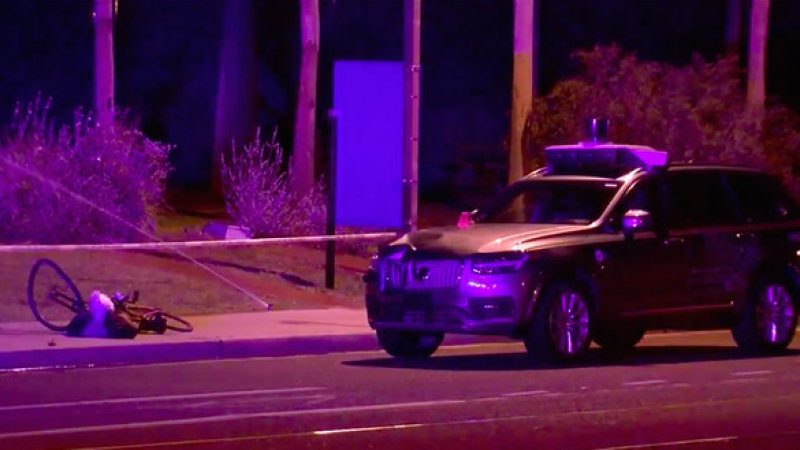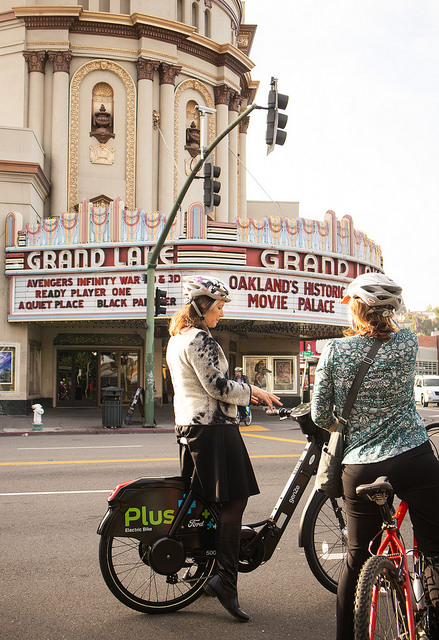Two somewhat related items came across my feed recently which got me thinking about our responsibilities as planners in listening to disadvantaged communities.
One, shared by many of my bikey friends, is a study done by Anne Lusk (Harvard) about how urban cycling investments “focus on the needs of wealthy riders and neglect lower-income residents and people of color.” Her team brought in disadvantaged people of color (community figures, and volunteers from halfway houses and gangs) to investigate what those communities might prefer. The team showed pictures of different kinds of bike facilities, with design treatments including curbs, lighting, different paint colors, plantings and so on, and asked participants to state their preferences among the choices. The study concludes that the subjects preferred “wide, stenciled, red-painted, surface-lighted, barrier-protected, bicycle-exclusive cycle tracks,” and that cities should build such tracks along major streets in communities of color.
The other is the BlackSpace Manifesto, a statement of principles by a group of Black planners and activists seeking to improve dialog and process in creating safe spaces for urban Blacks. The manifesto is fantastic, really setting out a challenge for planners to engage with Black communities in more powerful ways.
Some of the principles which resonate for me are:
- Create circles, not lines: Create less hierarchy and more dialogue, inclusion, and empowerment.
- Move at the speed of trust: Grow trust and move together with fluidity at whatever speed is necessary. [beautiful re-appropriation of 60s Black radicalism]
- Protect & Strengthen Culture: Make visible and strengthen Black cultures and spaces to honor their sacredness and prevent their erasure. Amplify and support Black assets of all forms—from leaders, institutions, and businesses to arts, culture, and histories.
- Be humble learners who practice deep listening: Listen deeply and approach the work with an attitude towards learning, without assumptions and predetermined solutions. Take criticism without dispute.
The Manifesto is a great piece of work. Reading it, I was reminded of another writing which has been highly influential on my work, Nancy Fraser’s “Rethinking the Public Sphere : A Contribution to the Critique of Actually Existing Democracy“. Fraser’s brilliant piece is deep and academic and doesn’t lend itself to bloggy sound bites, but here’s a bit that gets at some of the important ideas:
[W]e should be led to entertain serious doubts about a conception of the public sphere that purports to bracket, rather than to eliminate, structural social inequalities. We should question whether it is possible even in principle for interlocutors to deliberate as if they were social peers in specially designated discursive arenas, when these discursive arenas are situated in a larger societal context that is pervaded by structural relations of dominance and subordination.
What Fraser means by “bracket” is that the public sphere in our society tends to acknowledge social inequalities amongst its participants, but to treat those inequalities as if they are not relevant to the discourse. It posits that in a (neo)liberal democratic society, we can have discussions as if we all were equals, and let the better ideas win out. Fraser’s essay is a repudiation of the possibility that this fully inclusive public sphere could exist in an unequal society.
This is where I take issue with the Lusk study. A Harvard professor and a street gang member cannot have an equal discussion about what color a bike lane should be painted. Lusk, to her credit, goes further than many researchers do by at least acknowledging the possibility that we should research whether disadvantaged communities may have different ideas about infrastructure. But her work is firmly situated in Northern European values and assumptions about street design, and her study does not examine those assumptions at all. So deep is her assumption that design will solve the problems of disadvantaged communities that she suggests:
Compared with white wealthier neighborhoods, more bicyclists in ethnic-minority neighborhoods receive tickets for unlawful riding….With access to properly marked cycle tracks, they would have less reason to ride on the sidewalk or against traffic on the street.
The idea that racially-biased policing might be caused by insufficiently-developed cycling infrastructure is both clueless and condescending. And I see this kind of spectacularly tone-deaf assertion from people within the power structure all the time.
BlackSpace aspires to challenge planners to engage with Black communities in more substantial ways. From their About page:
We are moving away from perfunctory forms of engagement and instead towards planning that recognizes, affirms, and amplifies Black agency.
All of that sounds great. How I can do anything about it as a white dude, I’m still working on. I think the most important point, for me personally, is “Be a humble learner who practices deep listening.”
I’m going to be involved with the American Planning Association’s annual conference in the Bay Area in April, and In parallel with that conference, BlackSpace is hosting Spaces&Places 2019, a free “unconference” at the Impact Hub in Oakland (April 13). I’m going to try to be there, be humble, listen and learn.


